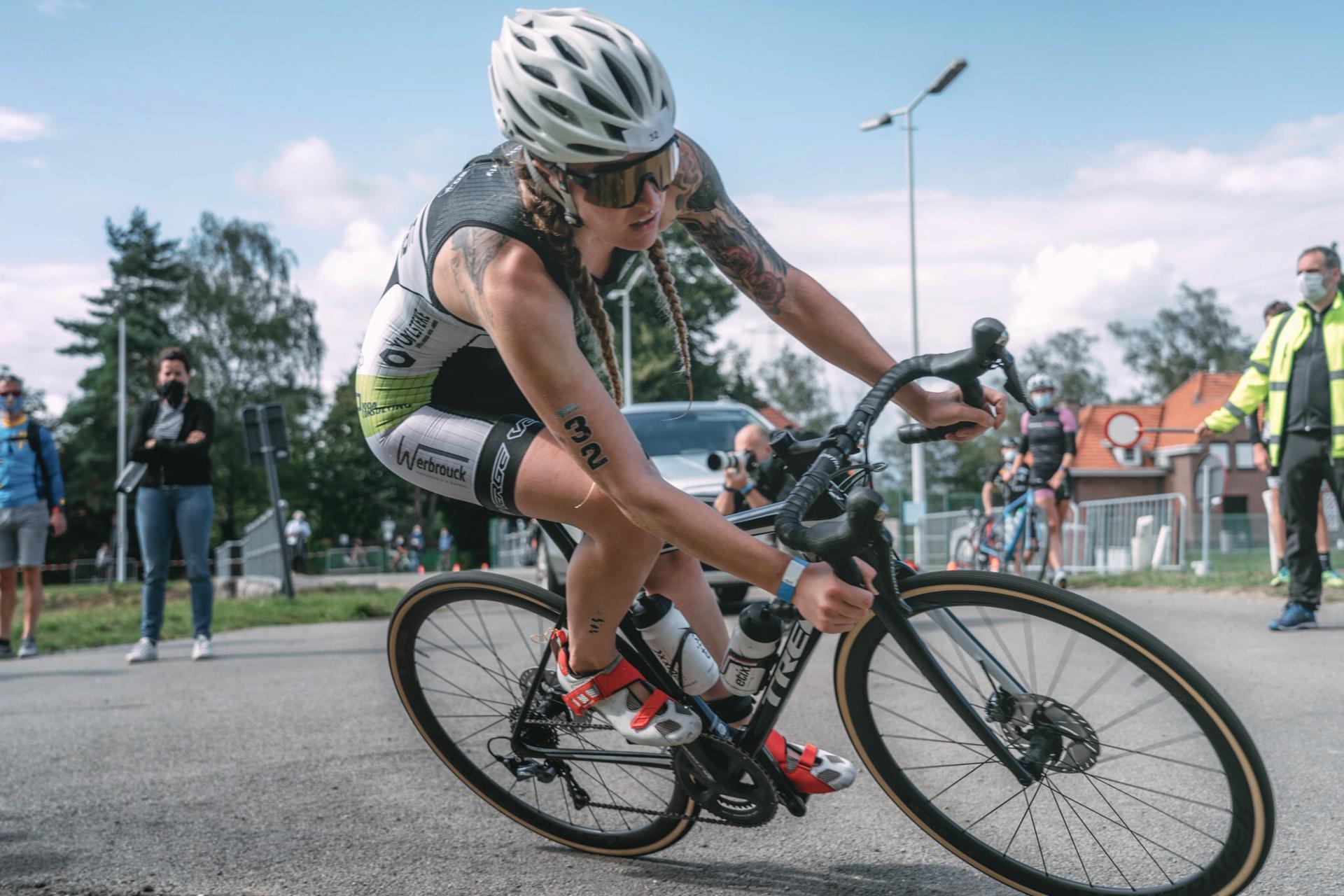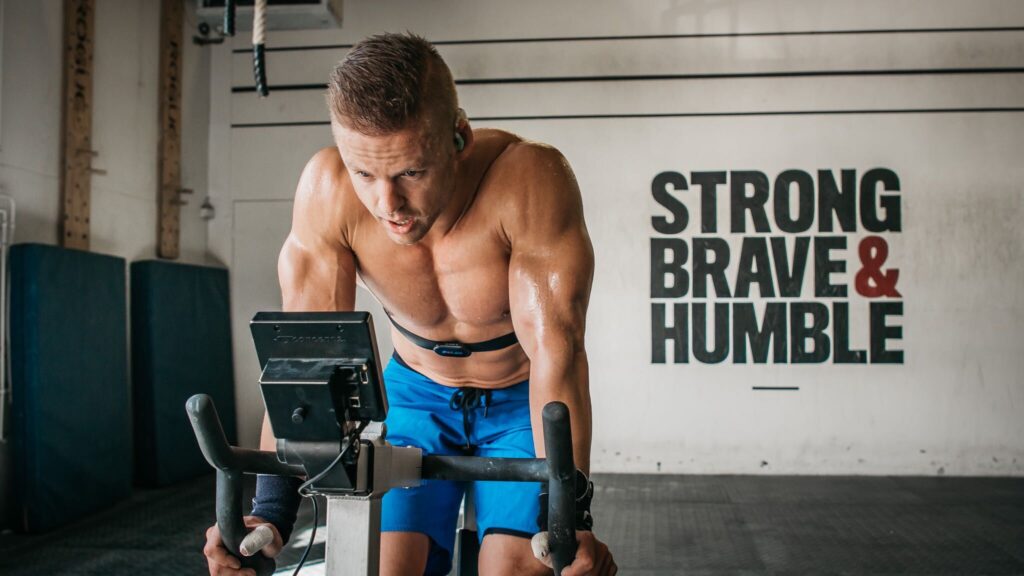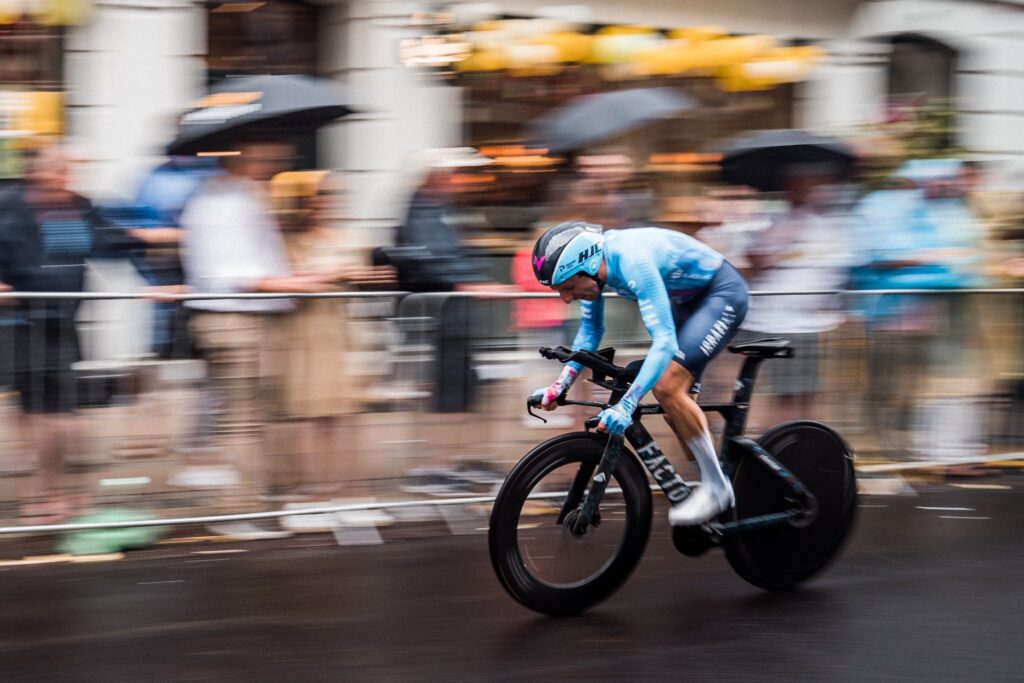Triathlon – 3 is the magic number

Triathlon – It’s not about finding your limits. It’s about finding out what lies just beyond them.
In July 2021 Kristian Blummenfelt took the Olympic triathlon gold, after ten years of intense training and preparation. Most of us would be happy to ‘rest on our laurels’ a while, and bask in the glory.
But the then 27 year-old athlete was just getting started. Twenty-six days later in Edmonton, he added the world triathlon title, making him the first male triathlete to hold both titles in the same year. But this was still not enough for the likeable young Norwegian, who likes to push himself to the limits, while still enjoying the process.
Just 3 months later, In November 2021, he tackled his first ever Ironman, in Cozumel, Brazil. Incredibly, he not only won it, but also clocked a 7:21:12 – the fastest Ironman of all time.
And if 2021 was a year of glory for Kristian, he wasted no time in 2022 proving it was no fluke, adding the world Ironman title to all the other feathers in his cap.
Big lungs, a big heart and a high-tech approach
Like many modern athletes, Kristian seeks out the best coaches and technology to ensure his training program gives him the best possible chance for success.
“I’m lucky to work with Olav Aleksander Bu who is probably the best in the business when it comes to using sensors and the technology to make sure that we take the long distance training up to the Olympic level.”
Kristian Blummenfelt
Most elite-level athletes will make use of altitude training where possible, and will be recording and studying the metrics from wearable devices — heart rate, HRV, sleep cycles, etc. — which has become a pretty standard practice for anyone serious about their sport.
There is another approach that is really starting to catch on with competitors in many endurance and sprint sports: breath training.
By focusing on training the breathing muscles — the diaphragm, abs and intercostals in particular, athletes aim to gain an extra edge in performance and also boost recovery times, vital in a season packed with multi-distance events that push mind and body to their limits.
But breath training without feedback or measurement is a shot in the dark. Which is why Airofit developed the world’s first truly smart breath training system. Live feedback, guided training programs and a built-in lung function test ensure you can get the best possible training for your respiratory system, and track your progress over time.
More air and more energy – smart breathing

If the heart is the body’s pump, the lungs are the fuel system, providing oxygenated blood that powers our brains and muscles. So, it makes sense that an athlete would seek to maximise their performance, using the best available technology and methods.
In a previous post, we looked at the foundations of training for an Ironman event. Considered by many to be one of the ultimate challenges of fitness, the Ironman is a huge attraction for any ambitious triathlete.
By utilising respiratory muscle training – RMT and our smart, app-based technology, athletes can improve their accessible lung capacity. They can also increase the strength and flexibility of the diaphragm, which improves performance and speeds up recovery times.
Consistent respiratory muscle training also leads to reduced breathing rates during activity, and a slower heart rate. So you are getting more of that vital fuel for less effort.
For elite athletes looking for an edge, smart breath training is a vital tool in the ultra-competitive world of modern triathlon. And for the rest of us, the extra breath on a hard run, swim or ride is always welcome.




